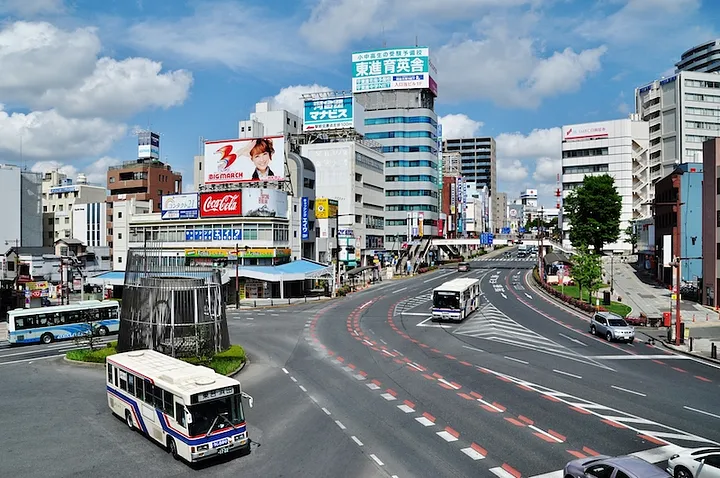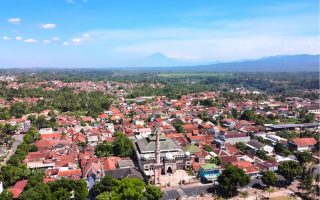lettersforvivian.org – Ibaraki Prefecture, located in the Kanto region of Japan, is a vibrant area that offers a blend of natural beauty, technological advancement, and cultural heritage. Among its cities, Mito and Tsukuba stand out as key destinations, each offering unique attractions and experiences.
Mito City: A Historical and Cultural Hub
Mito, the capital city of Ibaraki Prefecture, is steeped in history and culture. It is perhaps best known for Kairakuen Garden, one of Japan’s three great gardens. Established in 1842, Kairakuen is renowned for its stunning plum blossoms, which attract visitors every spring.
Tokugawa Legacy
Mito is also famous for its connection to the Tokugawa shogunate. The Tokugawa Museum offers a glimpse into the history of this influential family and their impact on Japan. The city’s rich cultural heritage is further highlighted by sites like the Mito Art Museum and the Kodokan, the largest han school of the Edo period.
Tsukuba City: Japan’s Science and Technology Hub
Tsukuba City, often referred to as “Science City,” is a modern hub of innovation and research. Home to Tsukuba University and numerous research institutes, the city is at the forefront of scientific advancement in Japan.
Tsukuba Science City
Visitors to Tsukuba can explore the Tsukuba Space Center, where they can learn about Japan’s space programs and view real satellite models. The city’s commitment to science is evident in its many interactive museums, such as the Tsukuba Expo Center, which offers hands-on exhibits in science and technology.
Natural Attractions and Outdoor Activities
Both Mito and Tsukuba are surrounded by natural beauty, offering numerous outdoor activities. In Mito, Lake Senba is a serene spot for boating and picnicking, while the nearby Mount Tsukuba provides hiking trails with breathtaking views of the Kanto Plain.
Local Cuisine
Ibaraki is known for its delicious local cuisine. In Mito, visitors can savor natto, a traditional Japanese food made from fermented soybeans. Tsukuba, on the other hand, offers a taste of fresh produce from its surrounding agricultural areas, including sweet potatoes and various seasonal vegetables.
Conclusion
Mito and Tsukuba City together encapsulate the diverse appeal of Ibaraki Prefecture. Whether you’re drawn to the historical richness and cultural offerings of Mito or the cutting-edge innovation and scientific exploration of Tsukuba, both cities promise enriching experiences that highlight the unique character of this fascinating region of Japan.




